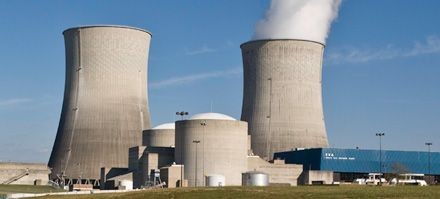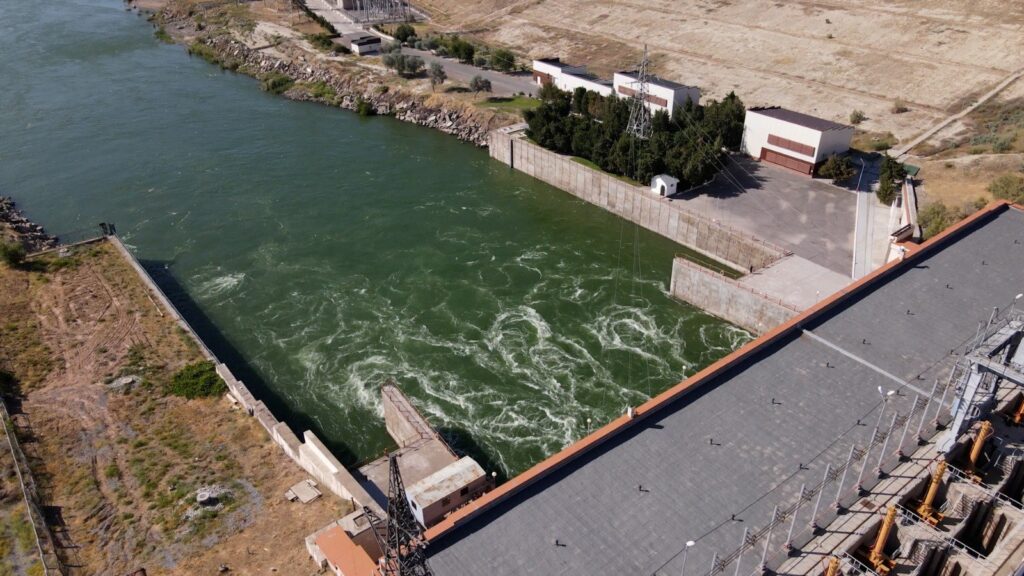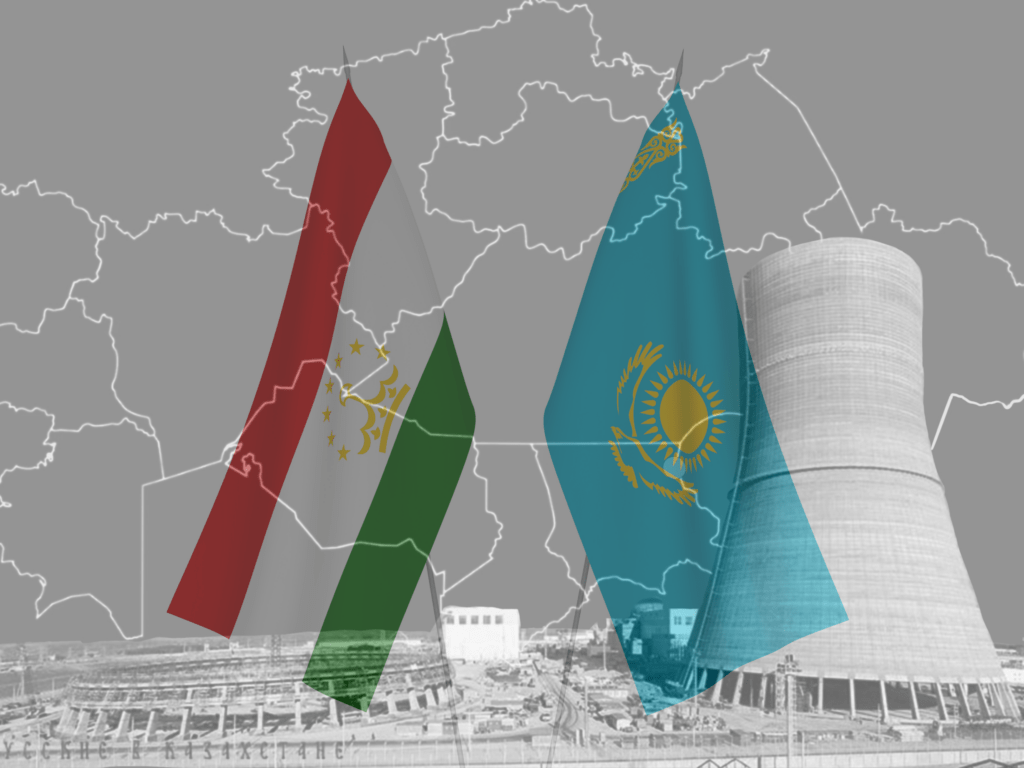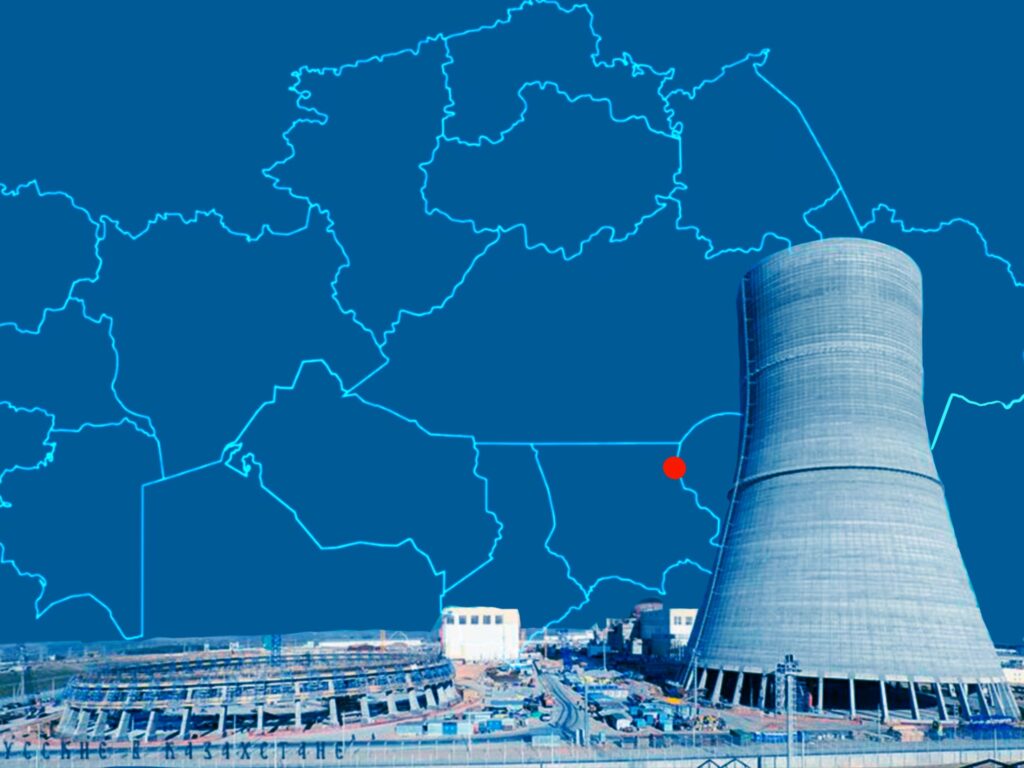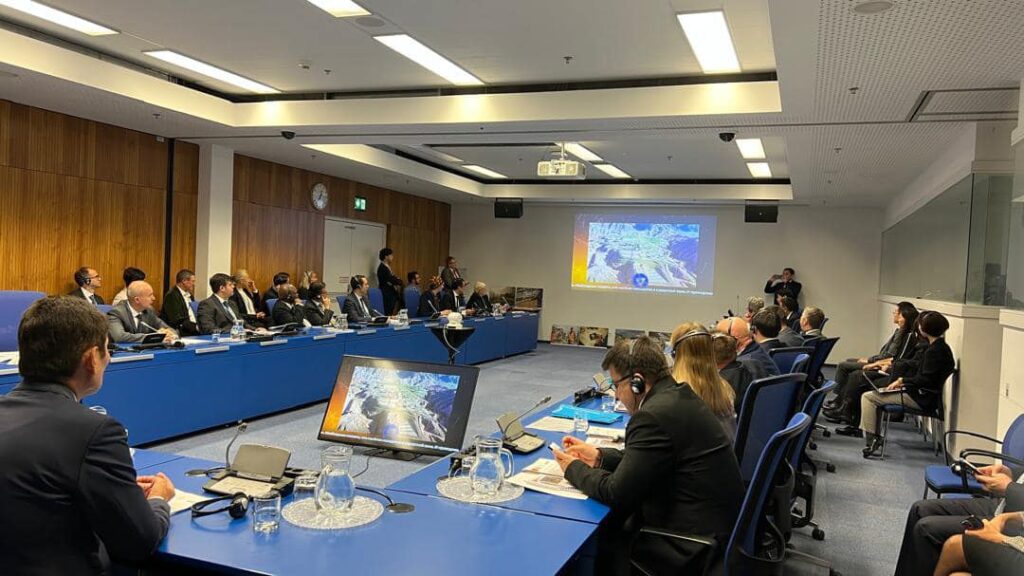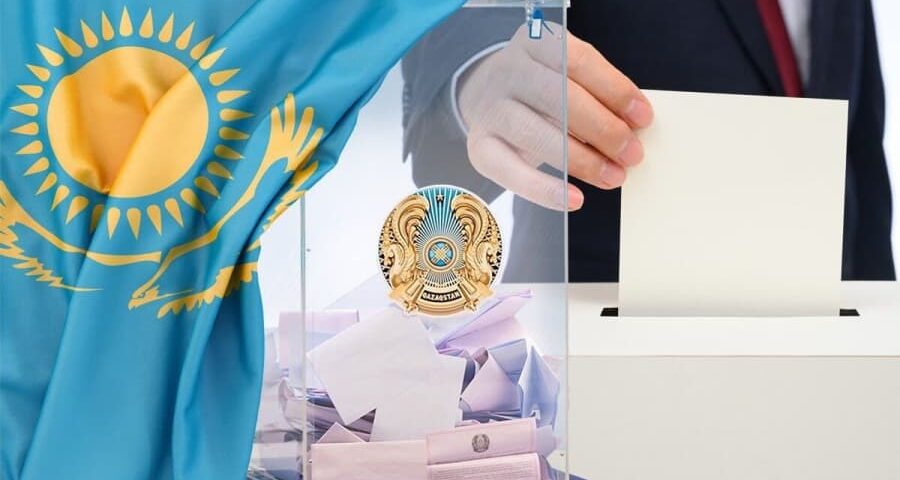ASTANA (TCA) — International Atomic Energy Agency (IAEA) Director General Yukiya Amano and President of Kazakhstan Nursultan Nazarbayev on August 29 attended a ceremony in the Kazakh capital Astana to mark the official opening of the IAEA Low-Enriched Uranium (LEU) Bank Storage Facility at the Ulba Metallurgical Plant (UMP) in the eastern Kazakh city of Ust-Kamenogorsk.
The IAEA LEU Bank will be established once the LEU, the basic ingredient to fabricate nuclear fuel, has been purchased and delivered to the Storage Facility, the IAEA said in a press release.
“I am confident that the IAEA LEU Bank will make a valuable contribution to international efforts to ensure the availability of fuel for nuclear power plants,” IAEA Director General Amano told the event which was attended also by representatives of IAEA Member States and donors.
The IAEA Board of Governors decided in December 2010 to establish the IAEA LEU Bank as an assurance of supply mechanism of last resort for Member States which experience a supply disruption due to exceptional circumstances, and which are unable to secure nuclear power fuel from the commercial market, State-to-State arrangements or by any other means.
Owned and controlled by the IAEA, it will be a physical reserve of up to 90 metric tons of LEU suitable to make fuel for a typical light water reactor, available for eligible countries.
Thanking President Nazarbayev and the Government and people of Kazakhstan for volunteering to host the IAEA LEU Bank, Amano added: “Kazakhstan has for many years been a steadfast partner of the IAEA in working to prevent nuclear proliferation and advancing peaceful uses of nuclear energy.”
UMP began construction of the Storage Facility – an 880 square metre steel structure with robust security arrangements and enhanced safety features – in September 2016 and it was completed on schedule and on budget.
Attending the inauguration at the site, IAEA LEU Bank Project Executive Mark Bassett said it was a special purpose-built facility. “The Storage Facility has been designed and built to provide a high level of safety and security for the LEU Bank,” he added.
The establishment and operation of the IAEA LEU Bank are fully funded by voluntary contributions from IAEA Member States and other donors totalling US $150 million – sufficient to cover estimated costs for 20 years of operation.
Director General Amano said he was grateful to all donors – including the United States, the European Union, Kuwait, the United Arab Emirates, Norway, the Republic of Kazakhstan and the Nuclear Threat Initiative – “whose generous financial contributions have made this project possible.”
He also thanked China and the Russian Federation for their cooperation regarding agreements for the transit through their countries of LEU for the IAEA LEU Bank.
Stressing that nuclear energy helps to address the twin challenges of securing sufficient energy for economic growth and mitigating the effects of climate change, Amano said around 30 countries are interested in introducing nuclear power. This is in addition to the same number of countries currently operating 447 nuclear power reactors around the world. Another 58 reactors are under construction, mostly in Asia.
“It is therefore very important that a last-resort mechanism such as the IAEA LEU Bank is established to give countries confidence that they will be able to meet their future needs for nuclear fuel,” he said.
